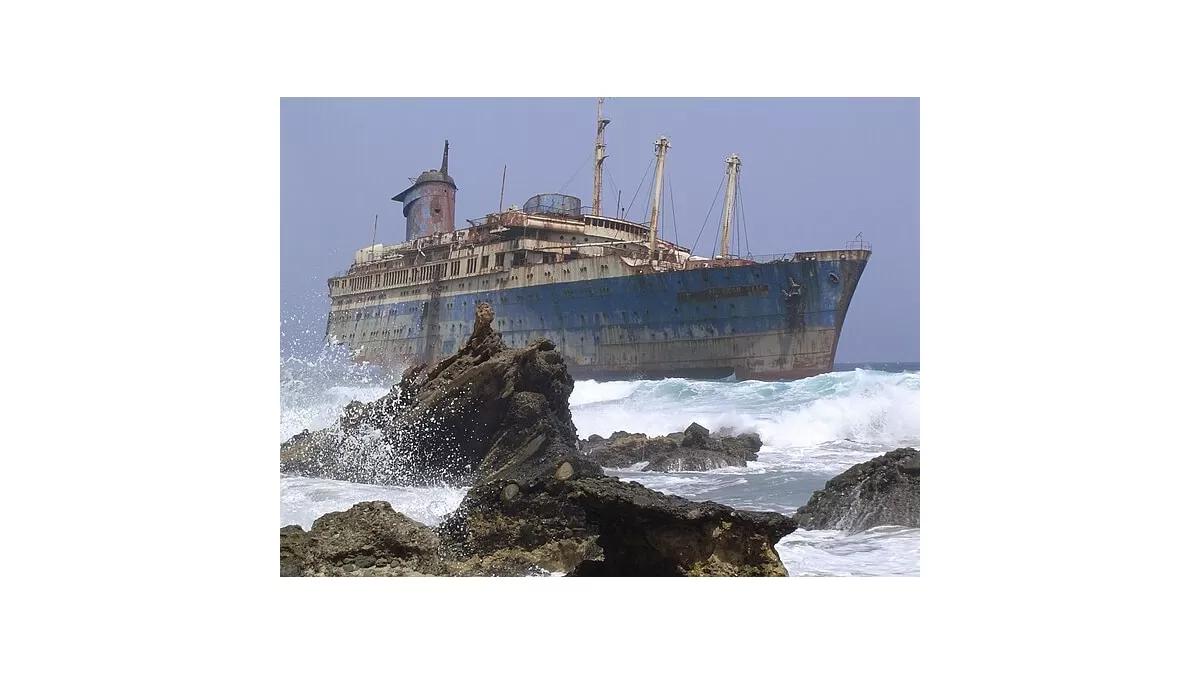An international team of archaeologists has made a groundbreaking discovery off the coast of Malindi, Kenya. The team, composed of experts from various countries, is currently investigating a shipwreck that is believed to be the remains of the São Jorge, a Portuguese galleon that was part of Vasco da Gama’s final voyage. This finding has sparked excitement and fascination in the archaeological community, as it offers a rare opportunity to uncover more about the history of maritime exploration and trade.
The wreck, which was found in 2013, is located on a coral reef that lies approximately 500 meters from the shore. It’s believed that the ship sank over 500 years ago, making it a significant piece of maritime history. The team has already retrieved numerous artifacts from the site, adding to the mystery and intrigue surrounding the shipwreck.
The São Jorge was one of the four vessels that accompanied Portuguese explorer Vasco da Gama on his second voyage from Lisbon to India in 1502. The galleon served as a warship and was commanded by Vicente Sodré, a cousin of Vasco da Gama. The ship was an important part of the fleet, playing a crucial role in the wars against the Muslim Mamluks in the Indian Ocean.
According to historical records, the São Jorge was heavily damaged during a battle near Socotra Island in Yemen. It was then abandoned and set adrift in the Indian Ocean. The fate of the ship and its crew remained a mystery until the recent discovery of the shipwreck off the coast of Malindi. This has sparked immense interest in the archaeological community, as well as among history enthusiasts and the general public.
The team of archaeologists has been working tirelessly to identify and retrieve artifacts from the site. So far, they have found numerous items, including cannons, pottery, and navigational tools. These artifacts provide valuable clues about the ship, its crew, and the time period in which it sank. They also offer a glimpse of what life may have been like for sailors on board the São Jorge during the 16th century.
One of the most exciting and significant finds so far is a bronze bell with an inscription that reads “S. IORGI,” which is believed to be a reference to the São Jorge. This has led experts to believe that the wreck is indeed the remains of the galleon that was part of Vasco da Gama’s fleet. The team will continue their meticulous work to confirm this theory and uncover more information about the ship and its history.
The discovery of the São Jorge wreck not only sheds light on the events surrounding its sinking but also provides insight into the maritime trade between Portugal and India during that time. The Portuguese were pioneers in exploring and establishing trade routes in the Indian Ocean, which had a significant impact on global trade. By studying the artifacts retrieved from the wreck, the team hopes to gain a better understanding of the trading practices and cultures of that era.
Moreover, this discovery highlights the importance of preserving and protecting our oceans. The wreck was found on a coral reef, which is a delicate ecosystem that is crucial to the survival of marine life. The team has taken great care to ensure that their excavation does not harm the reef or its inhabitants. This serves as a reminder of the need to be mindful of our actions and their impact on the environment.
The investigation of the São Jorge shipwreck is far from over, and the team of archaeologists will continue to delve deeper into the site to uncover more information. This discovery has not only captured the attention of the archaeological community but also highlights the significance of maritime history and how it has shaped our world today. The findings from this excavation will undoubtedly provide valuable insights and contribute to our understanding of the past.
In conclusion, the discovery of the São Jorge shipwreck off the coast of Malindi is a remarkable and exciting development in the world of archaeology. It offers a unique opportunity to learn more about Vasco da Gama’s final voyage and the maritime trade between Portugal and India during the 16th century. The artifacts retrieved from the site provide valuable clues and serve as a bridge between the past and present. This discovery is a reminder that there is still so much to be uncovered and learned about our world’s history, and it is a testament to the power of human curiosity and determination.








